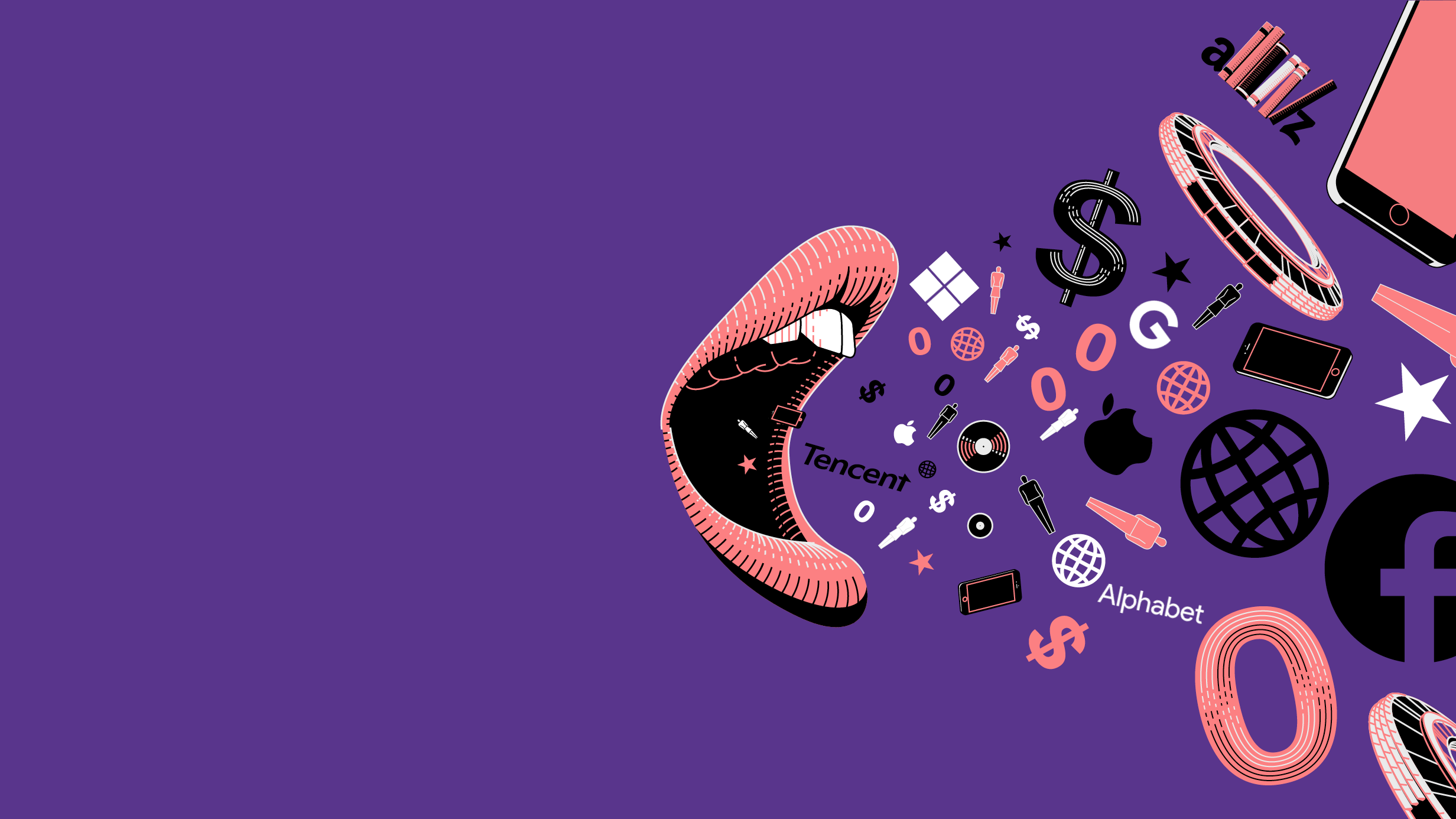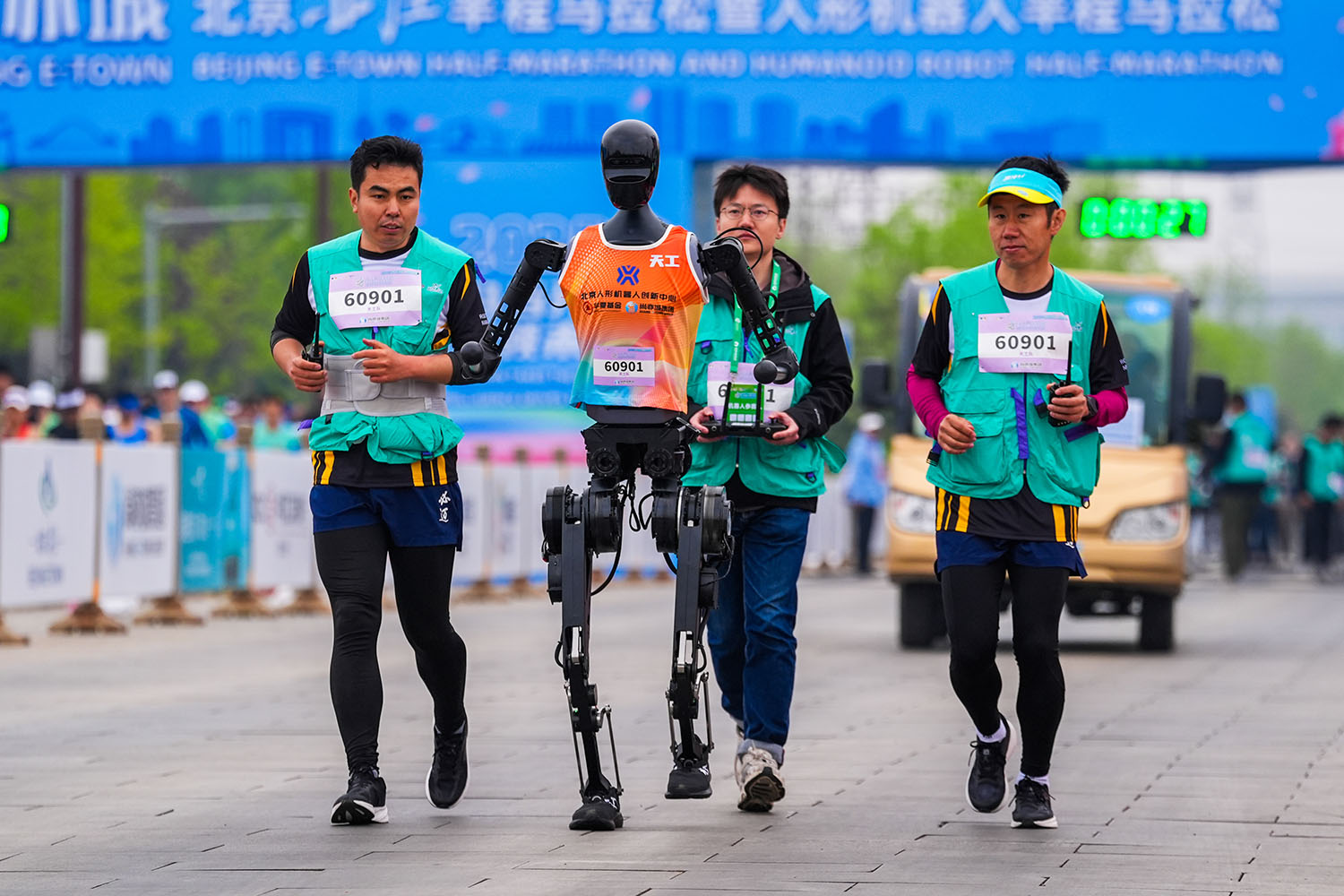
Should all platforms have to measure and disclose data on how many of their users aren’t real? None of them do.
Here’s what you need to know this week:
- Affairs of state: The bot issue – why is so little known about fake accounts on social media?
State-by-state:
- Google’s YouTube has changed the world
- Meta axed jobs for engineers at the last minute
- Apple workers planned a strike
- Microsoft’s Game Pass finally disclosed performance data
- Amazon doubled down on Prime Day
- Tencent’s WeChat is something like Elon’s X.
Elon Musk’s deal to acquire Twitter has been derailed by arguments about the number of fake, bot and spam accounts on the platform.
Twitter says fewer than 5 per cent of its users are bots. Musk says the figure is as high as 33 per cent. Whichever figure is most accurate, Musk has resisted buying the platform before knowing how many of its users are actually human.
The dispute raises an important question: should all platforms have to produce data on how many of their users aren’t real?
At the moment, none do. Some bots are difficult to detect, as their activity closely resembles that of a human, and user authentication processes often require no identification. The result is bot armies on most platforms:
- Twitter. Its process for estimating the number of fake accounts uses “both public and private data” which the company says it can’t share. CEO Parag Agrawal says some accounts might behave like bots by constantly posting and reposting the same content, but belong to real people.
- LinkedIn. Fake executive bots are growing much more common on LinkedIn, according to the security analyst Brian Krebs. Many inauthentic profiles are created by piecing together job titles, names and credentials from other accounts, coupled with deep fake profile photos. The bots spam marketing messages to real LinkedIn users. One, a vice president at a US tech company, said they’d identified 3,000 new followers in one group in the past two months. Almost all the accounts appeared to be fake. LinkedIn says it flagged around 22 million fake accounts in 2010 and prevented 95 per cent of them from registering, compared with 11.3 million fake accounts disallowed in 2021.
- Instagram. Meta’s terms of use request that Instagram users “don’t impersonate others and don’t create accounts for the purpose of violating guidelines or misleading others”. The company doesn’t publish information on the number of accounts that breach this rule, but some third-party studies estimate that 45 per cent of Instagram’s 1.2 billion accounts are fake.
- Facebook. In 2020 Facebook claimed to have blocked 4.5 billion accounts. At more than half the earth’s population, that clearly included a lot of non-human accounts. By the end of that year Facebook was still estimating that more than 5 per cent of its accounts were fake.
What is a bot? An account monitored and used by software rather than an actual human, whose behaviour could closely mimic humans’ by liking, commenting and posting. Bots can have human supervision or use a mix of automation and human input.
So what? Bots are widely used to spam false or potentially harmful content, and direct people towards scams. This can be a problem for users, but because they can act as influencers, bots might actually benefit platforms.
Automation means bot accounts can be created quickly and in huge numbers, creating a niche for businesses selling fake followers, likes and subscribers online.
We spoke to a handful of companies claiming to be able to sell as many as 400,000 followers to accounts on Instagram, YouTube, Twitter or TikTok. The followers would be “real-looking inactive bot accounts” and cost as much as $1,600 per batch.
Platforms benefit from more user engagement, whether real or real-looking. But, as Musk’s complaints showed, their commercial value in the future may be increasingly affected by bot numbers – because bots don’t buy anything.
Beyond Musk. The Cyber Department of the Ukrainian Security Service (SSU) has dismantled dozens of bot farms used to discredit Ukrainian forces since Russia’s invasion. Bots have been implicated in financial fraud, cryptocurrency scams, and in posting fake reviews for products and shows. Without more transparency from platforms on fake accounts and the content they promote, it’s impossible to know how much of the online world has any link to humanity at all.
YouTube has transformed the information economy, and introduced some serious harms along the way. In a new book covering the history of Google’s video sharing platform, Like, Comment, Subscribe, Mark Bergen charts the ways in which YouTube has revolutionised how humans share knowledge, and given all manner of dangerous ideas the chance to spread. Bergen’s claim that the massive amount of content on YouTube “made internet governance nearly impossible” comes as the company faces an unprecedented case in the US Supreme Court that could find it responsible for facilitating terrorism.
Meta scrapped job offers for new hires just weeks before they were due to start. Speaking anonymously to Insider, a number of engineers who had accepted offers at Meta said that their jobs had been cancelled at short notice. One worker, who was due to start on Meta’s Discover Production Engineering program, said that he was notified that his job had been cancelled just a few days before flying to London from North Africa to take a “life-changing opportunity” at the company. Another reportedly left his job and apartment before being told by Meta that his role on the program had also been cancelled. Meta is in the midst of a hiring freeze that Mark Zuckerberg hopes will help the company cope with shrinking revenues.
Apple workers in Australia have planned to strike. On 18 October, 150 of Apple’s 4,000 Australian workers plan to walk out, marking the company’s first organised labour action in Australia. The Australian Retail and Fast Food Workers Union (RAFFWU) has demanded that Apple raise employees wages in line with inflation – which stands at 7 per cent in Australia – and says that its negotiations “still aren’t anywhere near a satisfactory agreement” with the company. Apple’s exposure to collective bargaining by workers appears to be growing this year, as it was reported just last week that the company interfered with a union drive in New York.
Microsoft’s Game Pass – a subscription service that works a lot like a Netflix for gaming – has been shrouded in mystery until recently. Microsoft has been forced to reveal details about the usage and financial performance of Game Pass as part of its acquisition of Activision Blizzard. The figures show that Game Pass made $2.9 billion in the year ending January 2021, which is almost a third of Microsoft’s total games services revenue. Game Pass also grew its user base to 18 million, up from 15 million, in the period between August 2021 and March 2022. Microsoft is hoping that the deal passes scrutiny from competition authorities around the world, so it doesn’t help that Game Pass’ earnings dwarf those of close competitors Nintendo Switch Online ($932 million) and EA Play ($356 million).
Amazon is doubling down on Prime Day. The company has held one Prime Day – a sales event available exclusively to Prime subscribers – every year since 2015. This year it is holding two in an effort to attract more customers to its subscription services and reverse its present slump in sales and revenue. For customers, the price of Prime membership has increased by up to 40 per cent this year, and yet Amazon has posted two consecutive quarters of falling sales. Another Prime Day won’t bring back the surging demand that Amazon saw during the pandemic, but it might help some customers justify the cost of subscribing in the midst of a cost of living crisis.
Tencent’s WeChat is everywhere in China. Outside of China, however, no such “everything app” exists. Elon Musk said this week that “buying Twitter is an accelerant to creating X, the everything app.” Musk’s vision for “X” is likely inspired by WeChat, and he has praised the success of WeChat in the past. The app, which Tencent released in 2011, has become a universal digital services platform for China, where users can organise healthcare, book taxis, order groceries, read the news as well as send payments and do their taxes. Despite Musk’s ambitions, the consolidation of all these services into one application might prove difficult in the rest of the world, where the digital services market is fragmented between a much larger number of big players like Apple, Microsoft, Alphabet and Meta.
Thank you for reading the Tech States Sensemaker and do ask your friends to sign up. We’ll send it to you every Wednesday but if you’d rather opt out, just update your preferences and follow the link sent to you by email. Please email opinions, tips or stories to luke.gbedemah@tortoisemedia.com. If you’d like to arrange for your organisation or group to receive this newsletter, drop us a note here.
Luke Gbedemah
@LukeGbedemah
Sebastian Hervas-Jones









